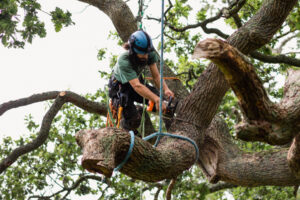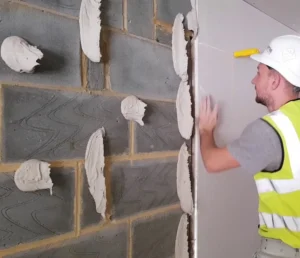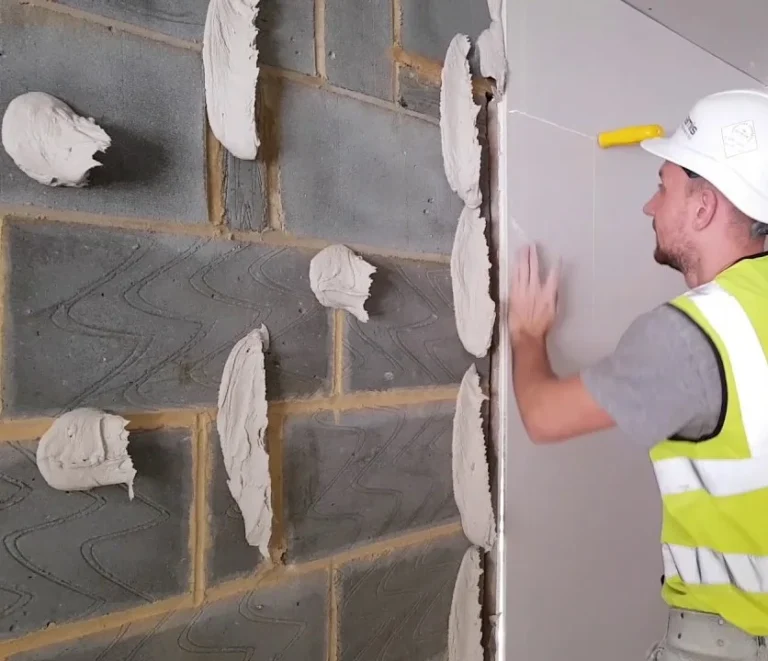Looking to upgrade your wardrobe with something bold, fresh,...
Invoice tracking is the process of monitoring the status...
In recent years, the iOS ecosystem – comprising iPhones...
A successful business is the aim of many newbie...
CCTV Camera Installation Lahore – Protect What Matters Most...
Trees are a cherished part of any landscape, offering...
When planning a home renovation or commercial fit-out, achieving...
When it comes to protecting your commercial property, the...
Hedges are a defining feature of many gardens and...
In the age of DIY tutorials and home renovation...

























